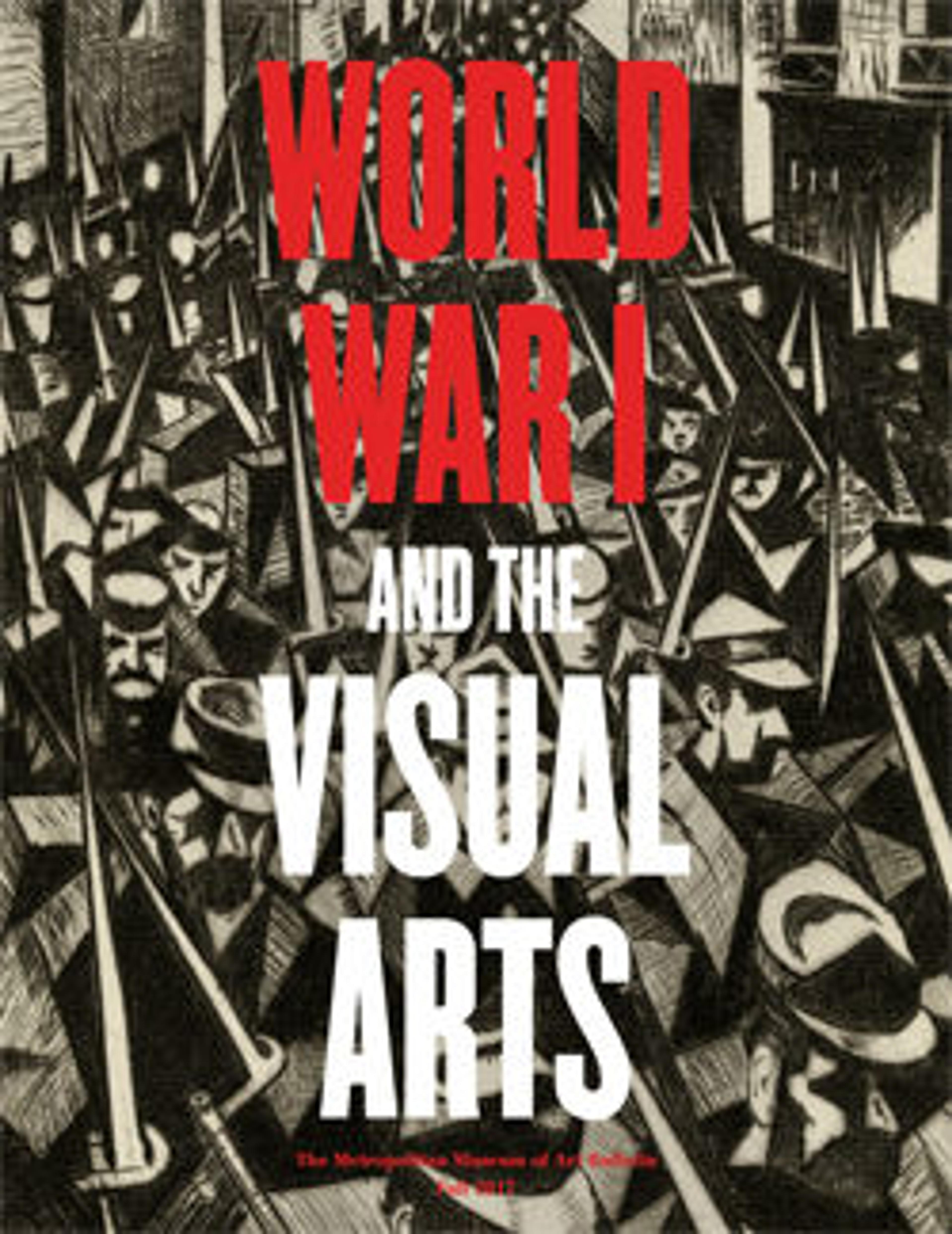After the Execution (Après l'exécution), cover of Le Mot, vol. 1, no. 5, January 9, 1915
Le Mot, a wartime French literary and artistic journal published by Jean Cocteau and Paul Iribe, was characterized by a restrained modernism and a fiercely nationalistic, anti-German perspective. This cover shows a German officer with a smoking gun, his face distorted as he screams at and hovers over the body of a young boy he has killed. Subtitled "an era without pity," the work refers to heinous acts committed by the German army as they invaded Belgium—a neutral country—and northern France in August 1914. Reports of the brutal treatment of noncombatants (such as mass executions that included women, small children, and the elderly) and damage to towns and cultural centers shocked the public, leading to a characterization, particularly within France, of the German soldiers as destructive and uncivilized "huns" particularly within wartime propaganda.
Artwork Details
- Title: After the Execution (Après l'exécution), cover of Le Mot, vol. 1, no. 5, January 9, 1915
- Author: Written by Paul Iribe (French, Angoulême 1883–1935 Roquebrune-Cap-Martin)
- Illustrator: Paul Iribe (French, Angoulême 1883–1935 Roquebrune-Cap-Martin)
- Date: 1915
- Medium: Color woodcut and letterpress
- Dimensions: Overall: 16 7/16 x 11 x 3/16 in. (41.8 x 28 x 0.5 cm)
- Classifications: Books, Periodicals
- Credit Line: Gift of Lincoln Kirstein, 1969
- Object Number: 69.503(5)
- Curatorial Department: Drawings and Prints
More Artwork
Research Resources
The Met provides unparalleled resources for research and welcomes an international community of students and scholars. The Met's Open Access API is where creators and researchers can connect to the The Met collection. Open Access data and public domain images are available for unrestricted commercial and noncommercial use without permission or fee.
To request images under copyright and other restrictions, please use this Image Request form.
Feedback
We continue to research and examine historical and cultural context for objects in The Met collection. If you have comments or questions about this object record, please contact us using the form below. The Museum looks forward to receiving your comments.
